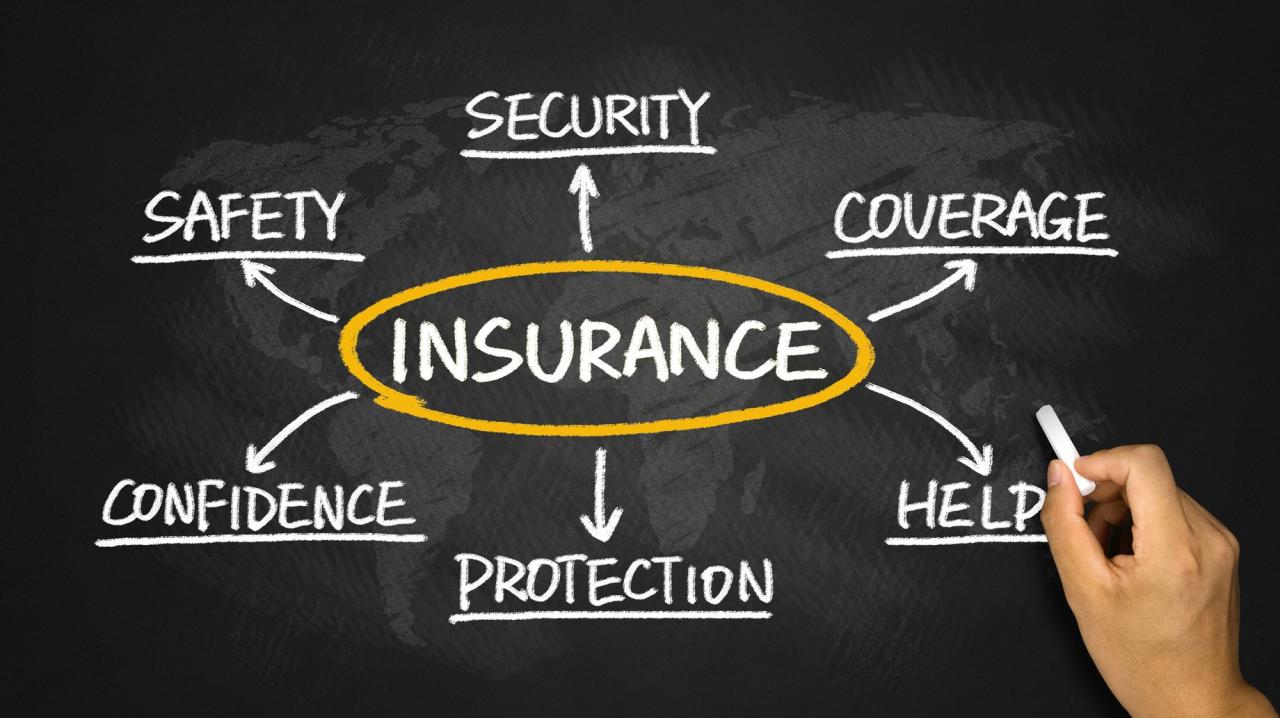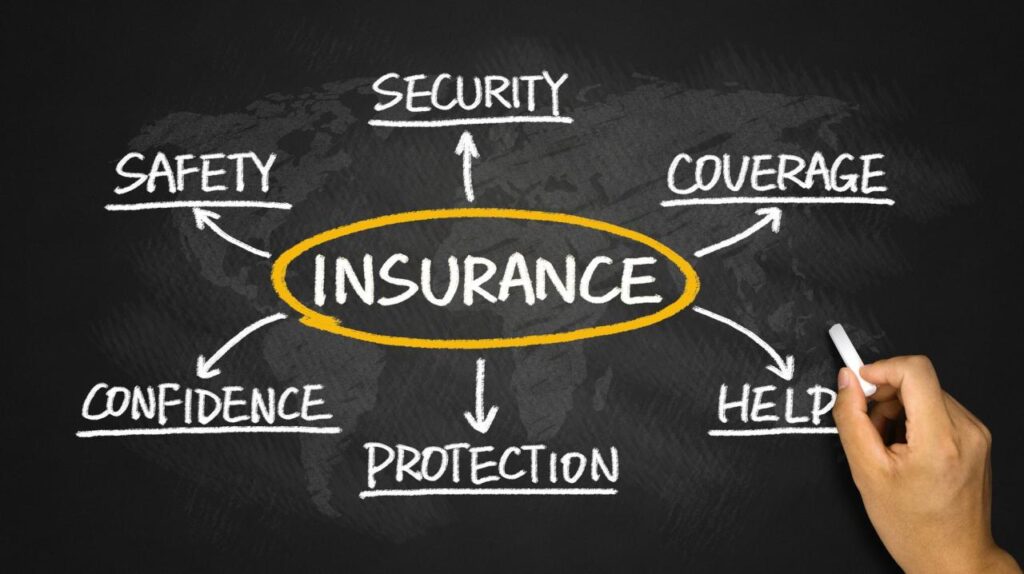Definition of D&O Insurance for Nonprofits
Directors and officers (D&O) insurance is a type of liability insurance that protects the personal assets of directors, officers, and other volunteers of nonprofit organizations from claims alleging wrongful acts in their official capacities.
D&O insurance coverage typically includes:
- Defense costs
- Damages and settlements
- Personal assets
Types of Claims Covered by D&O Insurance
D&O insurance typically covers claims alleging:
- Breach of fiduciary duty
- Negligence
- Mismanagement
- Wrongful termination
- Defamation
- Employment-related discrimination
Benefits of D&O Insurance for Nonprofits
D&O insurance is a valuable tool for protecting nonprofit organizations and their leaders from financial losses. It provides coverage for claims alleging wrongful acts, such as breach of fiduciary duty, negligence, and mismanagement.
D&O insurance can help nonprofits in several ways:
- Protects personal assets: D&O insurance can help protect the personal assets of directors and officers in the event of a lawsuit. This is important because directors and officers can be held personally liable for their actions, even if they are acting in the best interests of the organization.
- Covers legal expenses: D&O insurance can help cover the legal expenses associated with defending a lawsuit, including attorney fees, court costs, and expert witness fees. These expenses can be significant, and can quickly deplete an organization’s financial resources.
- Provides peace of mind: D&O insurance can provide peace of mind to directors and officers, knowing that they are protected from financial losses in the event of a lawsuit. This can help them to make decisions more confidently and effectively.
Key Considerations for Nonprofits Purchasing D&O Insurance
When purchasing D&O insurance, nonprofits should carefully consider several factors to ensure they have the right coverage for their organization. Understanding the policy’s terms and conditions is crucial to avoid any misunderstandings or gaps in protection.
One important factor to consider is the size and complexity of the nonprofit organization. Larger organizations with a broader range of activities may require more comprehensive coverage than smaller organizations with more limited operations. The type of activities undertaken by the organization should also be considered, as certain activities may pose higher risks and require additional coverage.
Policy Coverage and Exclusions
Nonprofits should carefully review the policy’s coverage and exclusions to ensure they understand what is and is not covered. Some policies may exclude certain types of claims, such as those arising from intentional misconduct or criminal activity. It is important to make sure that the policy covers the types of claims that are most likely to be faced by the organization.
Limits of Liability
The limits of liability in a D&O insurance policy determine the maximum amount that the insurer will pay for covered claims. Nonprofits should consider the potential financial impact of a lawsuit and purchase a policy with limits of liability that are sufficient to protect their organization.
Policy Costs
The cost of D&O insurance can vary depending on several factors, such as the size of the organization, the type of activities undertaken, and the limits of liability. Nonprofits should compare quotes from multiple insurers to find the best coverage at the most affordable price.
Insurer Reputation and Financial Stability
Nonprofits should research the reputation and financial stability of the insurer they are considering. A reputable insurer with a strong financial track record is more likely to be able to meet its obligations under the policy.
Comparison of D&O Insurance Policies for Nonprofits
Nonprofits should carefully compare D&O insurance policies to ensure they have the right coverage for their needs. Here is a table comparing different D&O insurance policies available for nonprofits:
The following table compares the coverage limits, premiums, and deductibles of three different D&O insurance policies for nonprofits:
| Policy | Coverage Limit | Premium | Deductible |
|---|---|---|---|
| Policy A | $1,000,000 | $5,000 | $1,000 |
| Policy B | $2,000,000 | $7,500 | $2,500 |
| Policy C | $3,000,000 | $10,000 | $5,000 |
As you can see, the coverage limits, premiums, and deductibles vary significantly between policies. Nonprofits should carefully consider their needs and budget when choosing a D&O insurance policy.
Best Practices for Managing D&O Insurance for Nonprofits

Nonprofits should prioritize proactive management of their D&O insurance policies to ensure adequate coverage and minimize potential risks. By implementing these best practices, nonprofits can safeguard their organizations and directors from financial and reputational harm.
Regular Policy Review and Updates
Regularly review your D&O insurance policy to ensure it aligns with your organization’s evolving needs. As the nonprofit’s operations and risks change, the policy should be adjusted accordingly to maintain appropriate coverage.
Clear Communication with Directors
Communicate the details of the D&O insurance policy clearly to all directors. Ensure they understand the coverage provided, exclusions, and reporting obligations. Regular training sessions can enhance directors’ awareness of their responsibilities and help them make informed decisions.
Thorough Risk Assessment
Conduct a comprehensive risk assessment to identify potential liabilities and vulnerabilities. This assessment should consider the organization’s size, activities, financial stability, and regulatory environment. Based on the risk assessment, tailor the D&O insurance policy to address specific risks.
Adequate Limits and Coverage
Determine the appropriate limits of coverage for your D&O insurance policy. Consider the organization’s size, financial resources, and potential exposure to risks. Ensure the policy provides sufficient coverage to protect directors and the organization from potential liabilities.
Due Diligence in Selecting Insurers
Thoroughly research and compare different D&O insurance providers before making a decision. Consider the insurer’s financial stability, claims-handling capabilities, and reputation in the industry. Select an insurer that aligns with your organization’s values and provides tailored coverage.
Continuous Monitoring and Compliance
Continuously monitor compliance with the D&O insurance policy’s terms and conditions. Promptly report any incidents or potential claims to the insurer to ensure timely coverage and minimize potential disputes.




